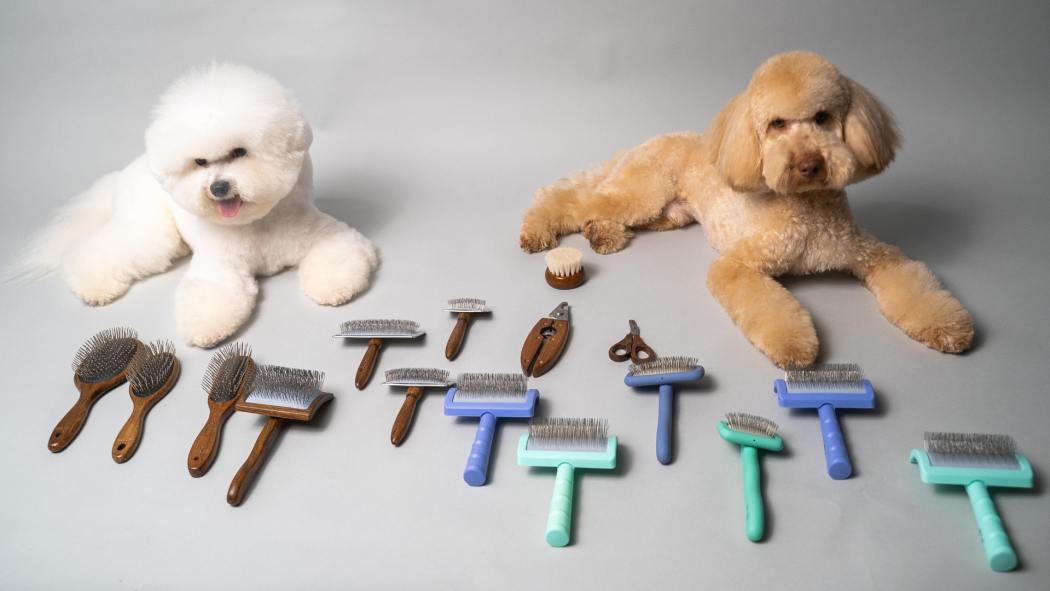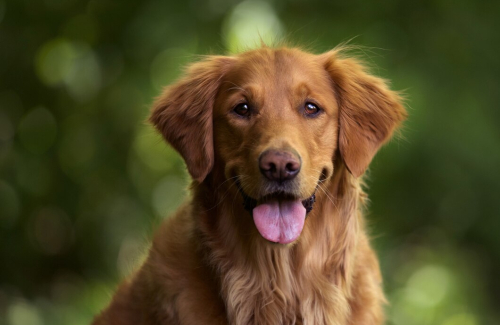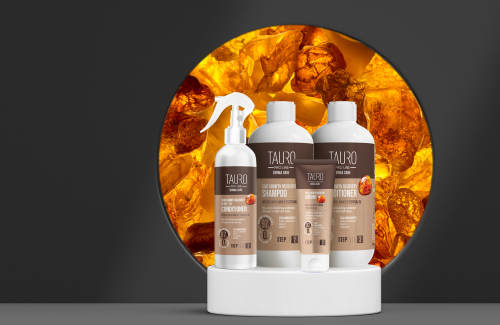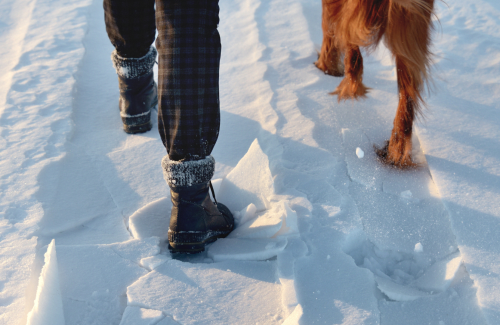Ensuring both beauty and health: how often to brush your dog?
Regular brushing isn’t just about aesthetics; it’s crucial for your pet’s well-being too. Pet beauty specialist and vet from Tauro Grooming Academy Kamilė Ausmanė emphasizes the necessity of regular grooming for maintaining your dog's fur health and appearance. She delves into the frequency of brushing and the essential tools required.
Health Benefits of Combing
K. Ausmanė highlights the myriad health benefits of brushing your pet. "Firstly, it boosts blood circulation and evenly distributes natural skin oils, fostering the growth of a lustrous coat. This process aids in dirt and dead hair removal, preventing troublesome tangles that often necessitate trimming," she shares.
Moreover, routine grooming enables early detection of skin issues, parasites, and abnormalities, as owners can promptly spot changes in their dog's appearance and skin sensitivity.
Neglecting regular grooming not only risks tangling but also invites various skin ailments like irritation and infections. Knots in the fur can cause discomfort, trap dirt and moisture, and impede your dog's temperature regulation, escalating the risk of overheating, particularly in warmer weather.
Furthermore, irregular grooming can lead to stress and aggression in pets during salon visits, as they're unaccustomed to the procedures.
How Often to Groom?
The frequency of grooming varies depending on the breed, fur type, and length. While some dogs may require daily grooming, others can suffice with weekly sessions.
"For breeds with long fur like Maltese, Shih Tzu, or Yorkshire Terriers, daily brushing is advisable to prevent tangles. Conversely, short-haired breeds like Pugs, Vizslas, Rottweilers, or Beagles can benefit from weekly brushing to eliminate dead hair and debris," explains K. Ausmanė.
She suggests owning both a comb and a brush, as combs efficiently remove tangles and debris, while brushes excel at removing dead hair and distributing natural oils.

Choosing Quality Tools
Selecting the right grooming tools is paramount. Ausmanė recommends opting for quality materials like chrome-plated metal or hardwood for durability. Additionally, consider the brush cushion's softness and the bristles' material and length.
Consider your dog's preferences and size when selecting brushes or combs. Larger breeds necessitate larger brushes, while smaller breeds require smaller ones.
Different brushes cater to various fur types; slicker brushes are ideal for long-haired breeds, whereas bristle brushes suit short coats. It's essential to avoid brushing dry fur to prevent discomfort and damage. Instead, lightly dampen the coat with a leave-in conditioner for a gentle and effective grooming session.
Seek Expert Advice
When in doubt, seek guidance from groomers or pet store consultants. Their expertise can aid in selecting the most suitable grooming tools and techniques tailored to your dog's coat type and specific needs.


 2024-05-16
2024-05-16




